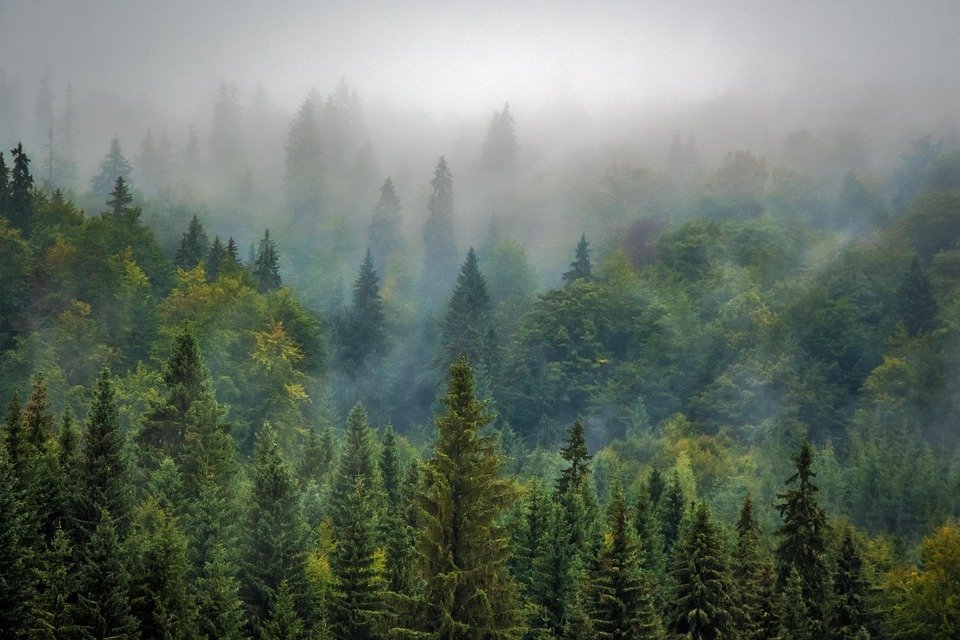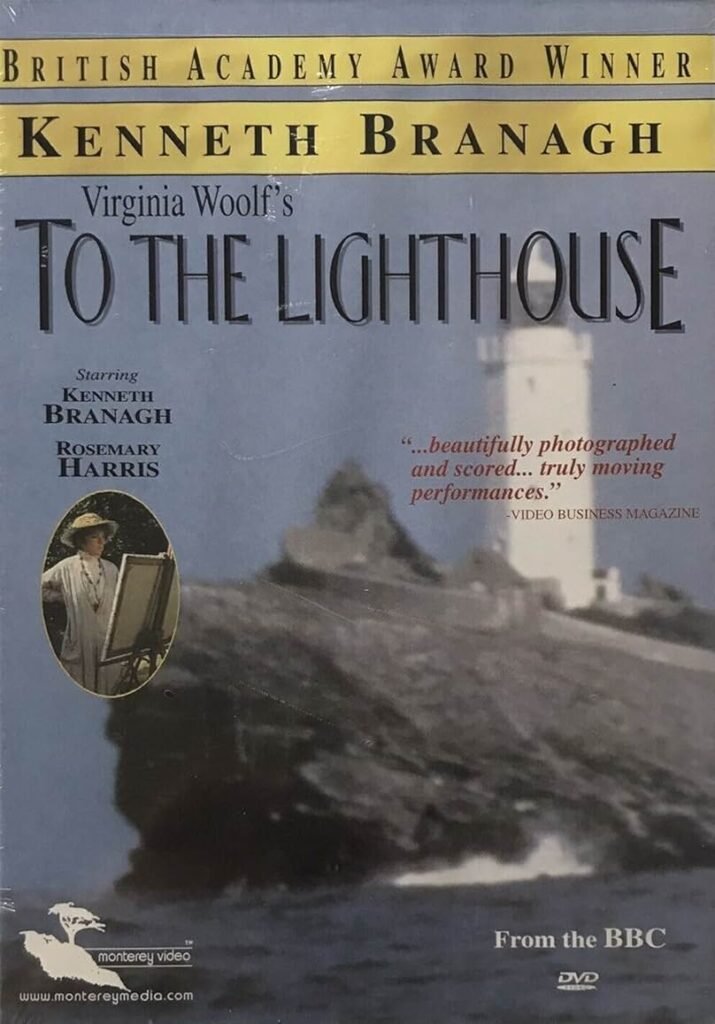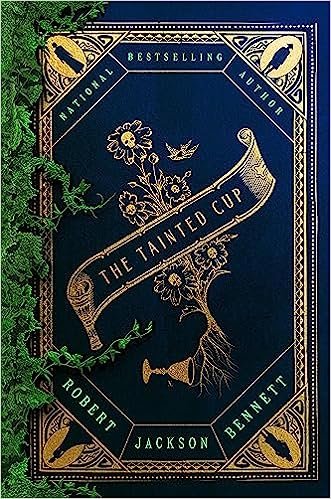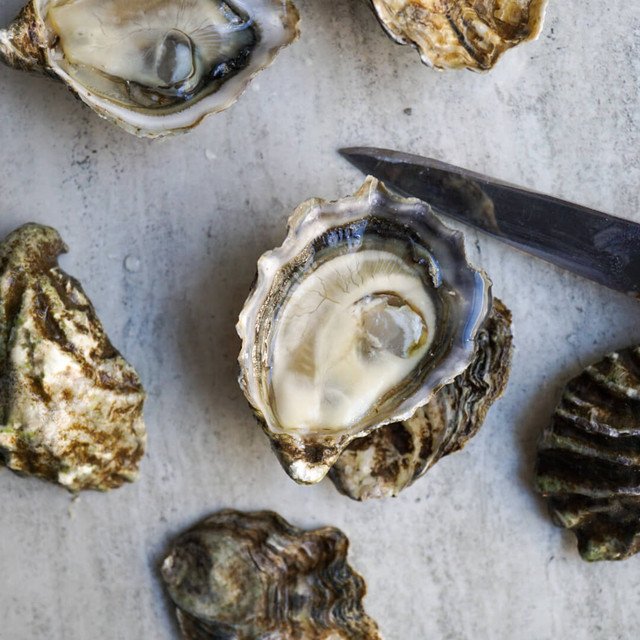by Public Service Associate Juliana
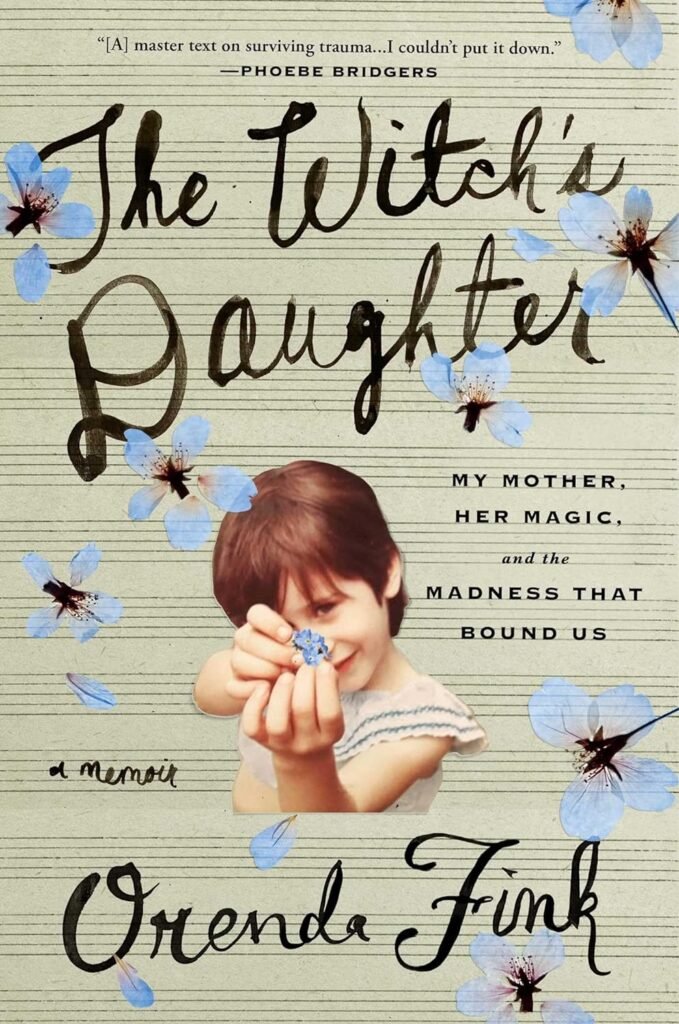
The Witch’s Daughter: My Mother, Her Magic, and the Madness that Bound Us by Orenda Fink (2024)
Today’s book spotlight features a memoir I gravitated towards as if it was magnetic. I noticed it on the new shelf in the library lobby and felt literally pulled to examine it closer, drawn to the arrangement of pressed flowers on the cover, the unmarked sheet music background, and the black cursive typography of the title that appears to be scribed with a paintbrush. The title itself beckoned me; The Witch’s Daughter sounds like the stuff of dark fairytales and straight away inspired interest and intrigue.
